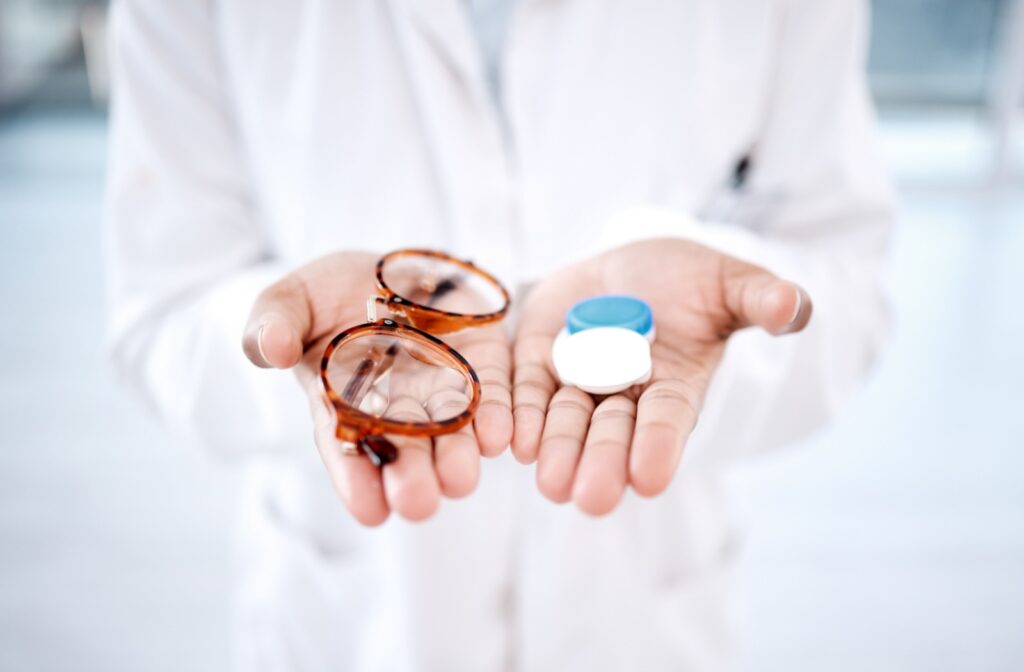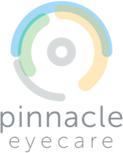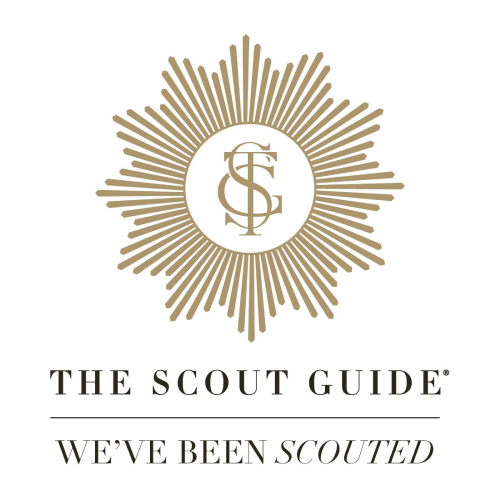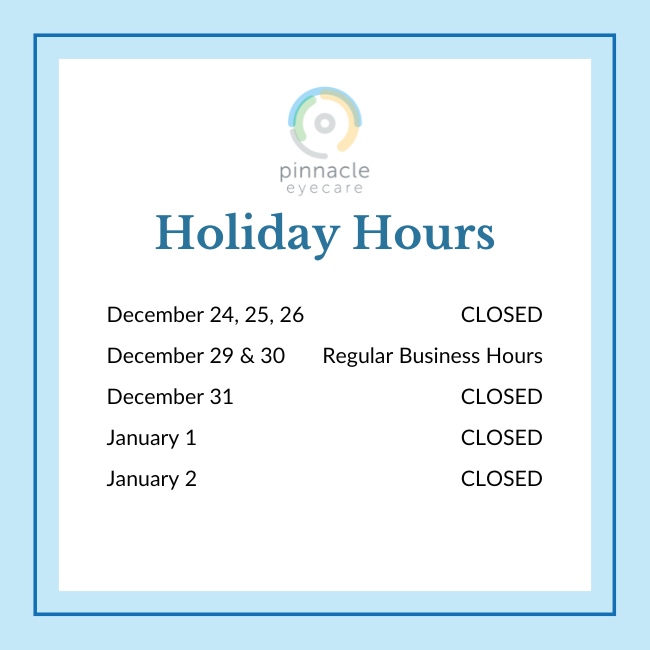It seems like it should be simple enough to make the switch to contacts. After all, they both help you see clearly, so the prescription should be the same, right?
While it’s a common question, the answer is straightforward. No, you cannot safely or accurately convert a glasses prescription to a contact lens prescription on your own. Glasses and contacts are two different types of medical devices, and they require different measurements in order to provide comfortable eyecare.
If you’re considering contacts, it’s important to see your eye care professional for a contact lens fitting.
Why Your Glasses Prescription & Contact Lens Prescription Differ
A prescription isn’t interchangeable when it comes to glasses and contacts. The main reason is simple: where each device sits. Your glasses rest a short distance from your eyes, while contact lenses sit directly on them. This changes that power that each device needs to correct your vision.
A Tale of Two Distances
Think of it like holding a magnifying glass. The image changes as you move it closer to or farther from an object. Because contacts rest directly on the surface of your eye, they need different measurements to correct your vision.
Are Glasses Prescriptions Stronger Than Contacts?
The numbers on your prescription will almost always be different between glasses and contacts. For nearsightedness, a contact lens prescription is often a lower power than what’s in your glasses. For farsightedness, the contact lens power may be higher. In either case, this difference accounts for each device’s distance from your eye.
The Shape of Your Eye Matters
If you have astigmatism, your eye is shaped more like a football than a baseball. Glasses correct for astigmatism from a distance. Contacts, however, need to sit directly on the eye, which often requires a special type of lens, like toric contacts, designed to match the shape of an astigmatic eye.
The Problem with Online Conversion Charts & Calculators
You may find websites that offer to convert your glasses prescription to one for contact lenses. While this might seem like a quick fix, these tools can’t give you all the information you need. A proper fit is about much more than just the numbers for vision correction.
A Number Isn’t Just a Number
A contact lens prescription is more than just the power. It also includes specific measurements that a conversion chart can’t figure out, such as:
- Base Curve: This matches the curvature of the lens to your eye’s shape.
- Diameter: This is the size of the lens from edge to edge.
- Lens Brand & Material: Different materials feel and function differently, and what works for one person may not work for you.
The Dangers of a Poor Fit
Without a proper fitting, you risk wearing contacts that don’t match your eyes. An ill-fitting lens can be uncomfortable and may lead to serious eye infections and complications, such as:
- Blurry vision
- Headaches or eye strain
- Dry, irritated eyes
- Discomfort that makes wearing lenses difficult
More Than Just Power: What a Contact Lens Exam Covers
A contact lens fitting is a necessary step to get a prescription that’s right for you. If you’re not sure what to expect, here’s what’s involved:
Measuring the Curve of Your Cornea
Your eye doctor will take measurements of your cornea’s surface with an instrument called a keratometer. This helps determine the right base curve and diameter for your contact lenses. This step is a key part of a comfortable fit.
Assessing Your Tear Film
The health of your tear film is important for comfortable contact lens wear. Your doctor will check for underlying issues like dry eye syndrome. This can affect which type of contact lens material will feel most comfortable for your eyes.
Choosing the Right Lens Material & Type
Not all contacts are the same, and new technologies are available all the time. There are lenses for daily wear, extended wear, astigmatism, and even multifocal lenses. Your optometrist can recommend the right type for your eyes.
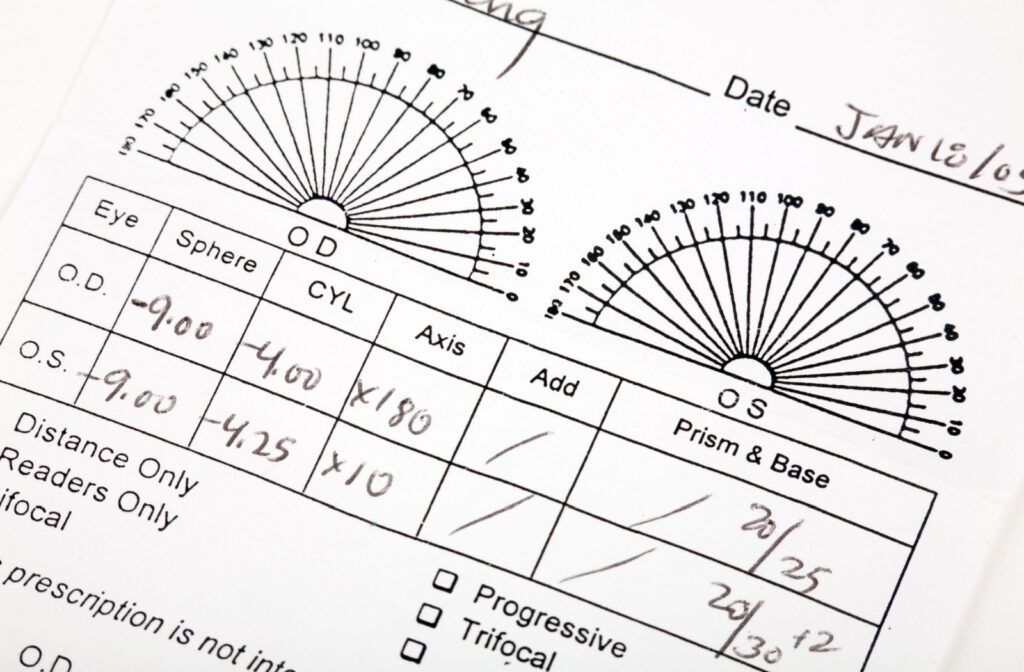
The Right Way to Get Contact Lenses
To wear contact lenses, you need a prescription specifically for contact lenses. The process is straightforward and focuses on your health and comfort. It ensures you get lenses that let you see clearly and feel good all day long.
Start with a Contact Lens Evaluation
This is a separate appointment or an addition to your comprehensive eye exam. Here, your doctor will perform the tests and measurements needed for a contact lens fitting.
The Trial Lens Process
You typically won’t leave with a final prescription on day one. Instead, you’ll receive trial lenses to wear for a short time. This lets you and your doctor see how they fit and feel in your daily life.
Your Final Contact Lens Prescription
After a follow-up visit, if the trial lenses work well, your doctor will write your final prescription. You can purchase the correct lenses for your eyes.
Your Partner in Vision Health in Columbus & Beyond
Getting the right fit for contacts is a key part of your overall eye health. Getting your prescription from an online chart is a risk that isn’t worth its effects on your vision. Instead, let a professional take you through a full fitting, so that you can have lenses that keep your vision clear.
Explore Your Options with a Professional
Ready to see if contacts are right for you? We can perform a full contact lens evaluation. We can help you find a comfortable, clear solution for your vision.
At Pinnacle Eyecare in Columbus, we love helping our patients find the right vision solutions for their lifestyles. If you’re curious about making the switch to contact lenses, we’re here to guide you through the process. Schedule your contact lens evaluation with us today.


